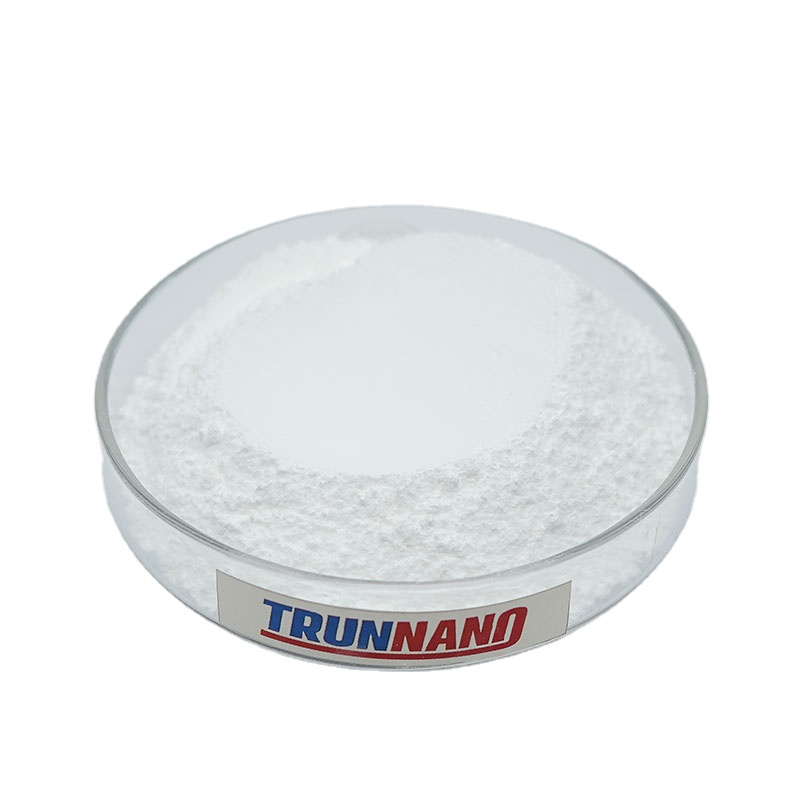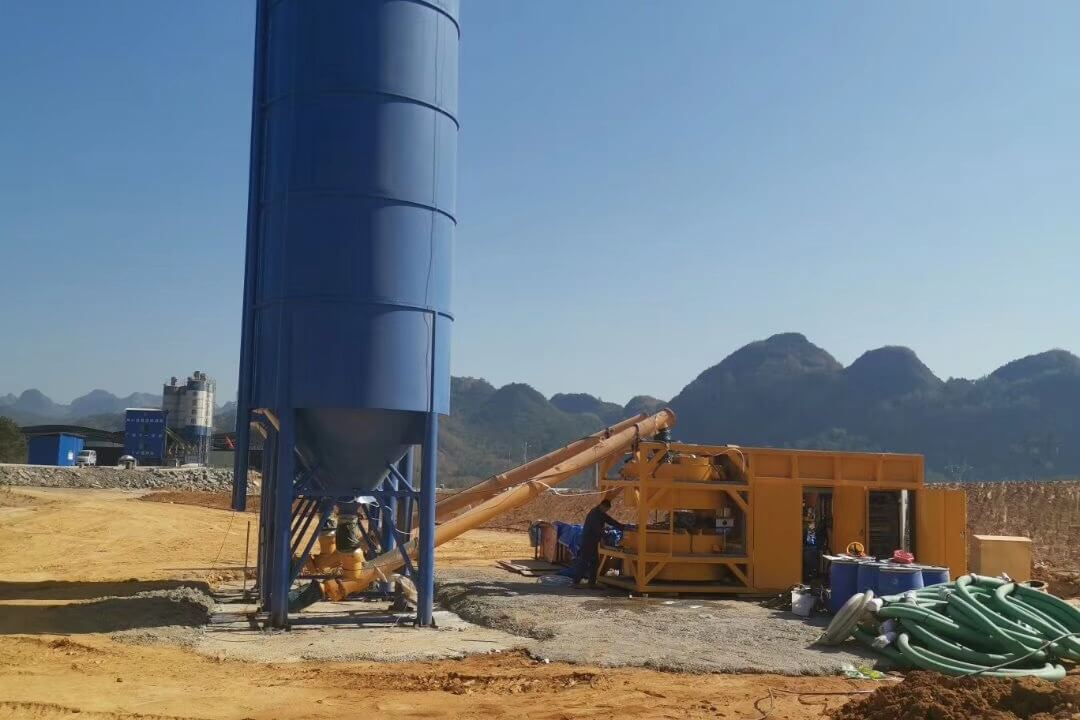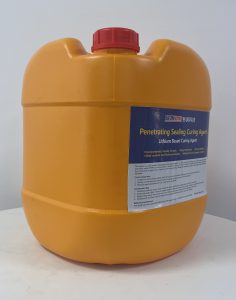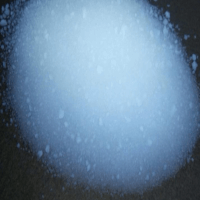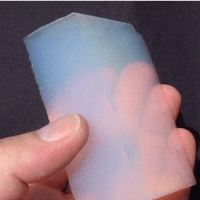Professional solutions on concrete addtives, Concrete Foaming Agent, Superplasticizer, CLC Blocks Additives, and foaming machine
(Types of Foaming Agents Used in Concrete Production)
Various foaming agents are used to produce foam, and the type of agent affects the density, porosity, stability and fluidity of foam concrete. Several types of synthetic and protein-based foaming agents are commonly used in foam concrete production.
Synthetic Foaming Agents
The main function of the foaming agent is to introduce air bubbles into the mixture. This process is essential for producing foam concrete. It also affects the mechanical properties and thermal resistance of the concrete.
Foaming agents may be natural, organic or synthetic [2,3,57]. Sodium lauryl sulfate (SLS) is the most commonly used foaming agent. It is a strong surfactant that can reduce water absorption and enhance strength. However, it is also known that the use of SLS leads to a 40% reduction in the density of foam concrete after 0 min.
Protein-Based Foaming Agents
In comparison to synthetic foaming agents, protein-based foaming agents have a stronger pore structure and a more closed void space network. This increases the stability of foam concrete.
Pore Size & Pore Attachment
The size of the pores in foam concrete has a major effect on its drying shrinkage behavior. Larger pores have more difficulty maintaining the bubbles, and they can easily coalesce.
Compressive Strength & Modulus of Elasticity
The compressive strength of foam concrete and its modulus of elasticity have a linear relationship. Methods that improve the compressive strength of foam concrete generally increase the elasticity modulus as well.
Aggregate & Moisture Content
The moisture content of the aggregates that are used in foam concrete is important. For example, the use of RCA as fine aggregate in geopolymer foam concrete increases porosity and improves its stability. It also reduces the depth of defoaming and increases the yield strength.
(Types of Foaming Agents Used in Concrete Production)


